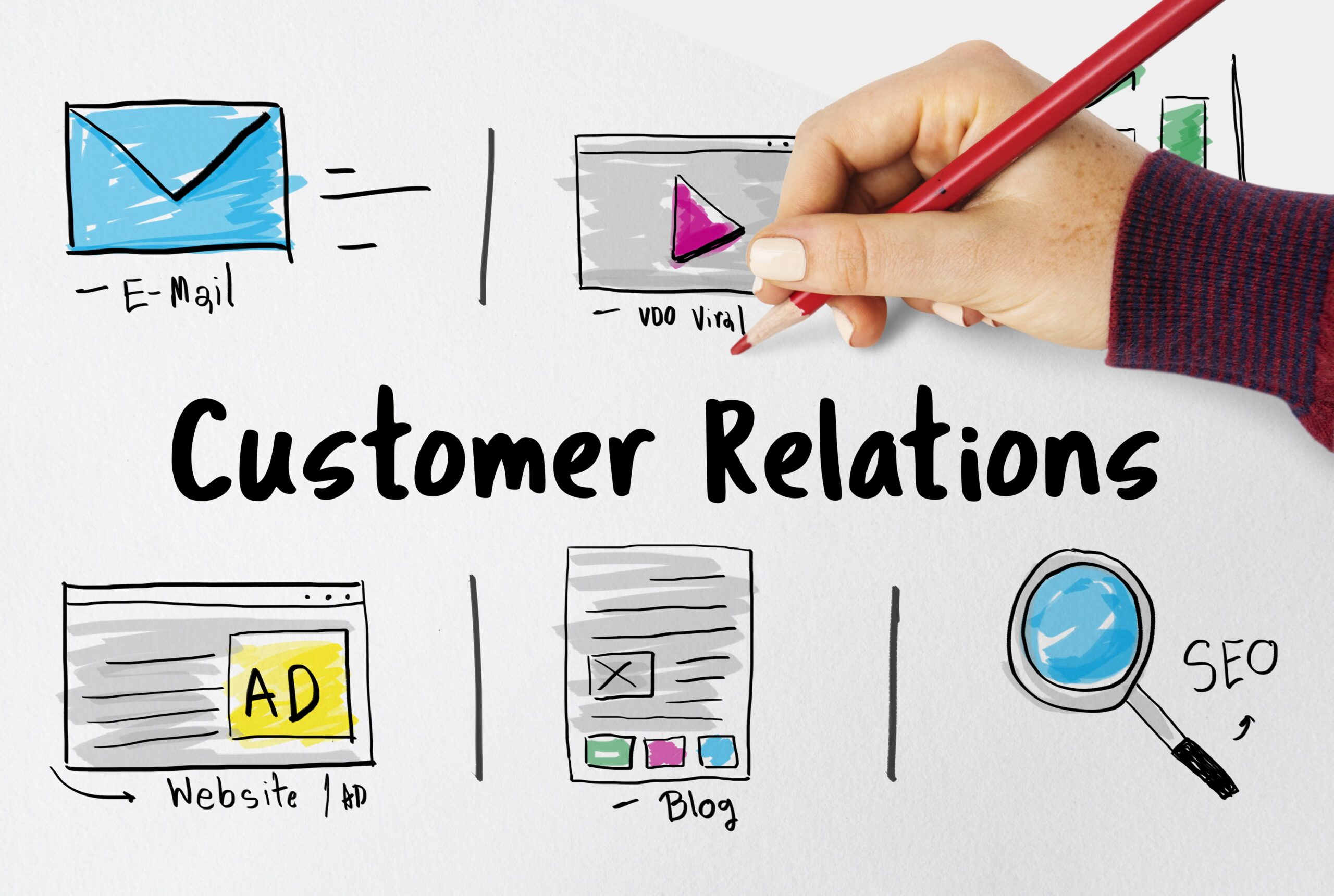Finding the Right Email Marketing Sending Frequency
Email marketing is an incredibly important tool for businesses of all sizes. It provides a low-cost and effective way to reach out to customers, build relationships, and drive sales. But, one thing many marketers struggle with is finding the right email marketing sending frequency.
If you send too many emails, you’ll risk annoying customers and causing them to unsubscribe. On the other hand, sending too few emails can lead to lower open rates and less engagement with your content. So, how do you strike the perfect balance?
In this blog post, we’ll explore exactly what email marketing sending frequency is and how to determine the right frequency for your business. We’ll also look at the drawbacks of sending too many or too few emails, as well as best practices for optimizing your email marketing strategy.
Introduction to Email Marketing Sending Frequency
Email marketing sending frequency simply refers to the rate at which you send emails to your subscribers. It’s important to set the right frequency, as it can have a major impact on your email marketing success.
For example, if you send too many emails, your subscribers may become overwhelmed and unsubscribe. On the other hand, sending too few emails can lead to lower open and click-through rates, meaning fewer people will engage with your content.
The key is to find the right balance and send emails at an optimal frequency that will maximize engagement and conversions.
Determining the Right Email Marketing Frequency
Finding the right email marketing sending frequency can be tricky, as there is no one-size-fits-all answer. It largely depends on the type of emails you’re sending, your industry, and the preferences of your target audience.
For example, if you’re a B2B company, sending emails weekly or bi-weekly might be the best approach. On the other hand, if you’re a B2C company, you may want to send emails more frequently, such as daily or even multiple times a day.
The best way to determine the right frequency for your emails is to experiment and test different frequencies. You can also review industry benchmarks, survey your subscribers, and look at your email analytics to get an idea of how often to send emails.
Factors to Consider When Deciding on an Email Marketing Frequency
When deciding on an email marketing frequency, there are several factors to consider. Here are a few key things to keep in mind:
- Your goals. It’s important to consider what you’re trying to achieve with your emails. Are you trying to drive sales? Increase engagement? Educate subscribers? Knowing your goals can help you determine the right frequency for your emails.
- Your content. You should also consider the type of content you’re sending. If you’re sending promotional emails, you may want to send them more frequently. However, if you’re sending educational or informational emails, you may want to space them out more.
- Your audience. It’s also important to think about your target audience and their preferences. For example, if you’re targeting millennials, you may want to send emails more frequently, as they tend to be more receptive to frequent emails.
The Drawbacks of Sending Too Many Emails
Sending too many emails can be a major issue and can have a negative impact on your email marketing success. Here are a few drawbacks of sending too many emails:
- Unsubscribes. If you send too many emails, your subscribers may become overwhelmed and unsubscribe. This can lead to lower open rates, fewer clicks, and ultimately less conversions.
- Spam complaints. Sending too many emails can also lead to an increase in spam complaints, which can hurt your reputation and damage your relationship with your subscribers.
- Decreased engagement. When you send too many emails, your subscribers may start to ignore or delete them without even opening them. This can lead to lower open rates and less engagement with your content.
The Drawbacks of Sending Too Few Emails
Sending too few emails can also be problematic, as it can lead to lower open rates and less engagement with your content. Here are a few drawbacks of sending too few emails:
- Lack of engagement. When you only send emails occasionally, it can be difficult to keep your subscribers engaged. They may forget about you or even unsubscribe if they don’t hear from you on a regular basis.
- Lost opportunities. Sending too few emails can also lead to lost opportunities, as you’re not taking full advantage of your email list. For example, if you’re not sending emails frequently enough, you may miss out on potential sales or conversions.
- Low open rates. Finally, sending too few emails can lead to lower open rates, as your subscribers may not recognize your emails or forget about them.
How to Test and Adjust Your Email Marketing Frequency
Once you’ve determined the right frequency for your emails, it’s important to test and adjust your strategy as needed. Here are a few tips for testing and adjusting your email marketing frequency:
- Keep an eye on your analytics. It’s important to keep an eye on your email analytics, such as open rates and click-through rates, to get an idea of how often you should be sending emails.
- Try different frequencies. You can also experiment with different frequencies to find the right one for your business. Try sending emails more or less frequently and then review your analytics to see which frequency works best.
- Ask for feedback. Finally, you can ask your subscribers for feedback on your email frequency. This can help you get an idea of what they prefer and adjust your strategy accordingly.
Best Practices for Email Marketing Frequency
To ensure your email marketing campaigns are successful, it’s important to follow best practices for email marketing frequency. Here are a few key tips to keep in mind:
- Personalize your emails. It’s important to personalize your emails, as this can help increase open rates and engagement. You can do this by segmenting your list and sending tailored content to different segments.
- Provide value. Make sure your emails are providing value to your subscribers. Don’t just send sales emails; offer helpful content, such as educational resources or tips and tricks.
- Give subscribers control. Finally, give your subscribers the option to choose how often they receive emails. This will help ensure they’re receiving content they’re interested in and will be more likely to engage with your emails.
Conclusion
Finding the right email marketing sending frequency is essential for a successful email marketing strategy. It’s important to find the right balance between sending too many and too few emails. By considering your goals, content, and target audience, as well as testing and adjusting your email strategy, you can ensure you’re sending the right number of emails to maximize engagement and conversions.
Are you ready to get started? Sign up for DirectIQ today and start optimizing your email marketing frequency.












